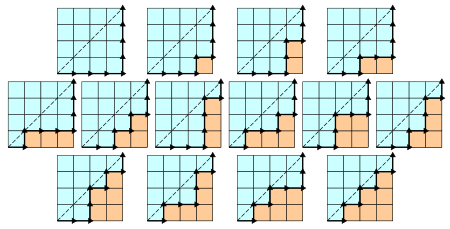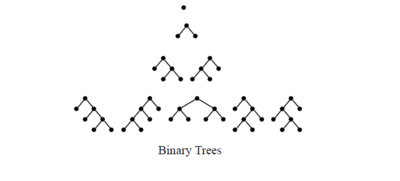http://cbseresults.nic.in/UGC/net_dec2015.htm
NATIONAL ELIGIBILITY TEST (NET)
On behalf of UGC, the Central Board of Secondary Education announces holding of the National Eligibility Test (NET) on 10th July, 2016 (SUNDAY) for determining the eligibility of Indian nationals for the Eligibility for Assistant Professor only or Junior Research Fellowship & Eligibility for Assistant Professor Both in Indian universities and colleges. CBSE will conduct NET in 83 subjects at 88 selected NET Examination Cities spread across the country.
The candidates who qualify for the award of Junior Research Fellowship are eligible to pursue research in the subject of their post-graduation or in a related subject and are also eligible for Assistant Professor. The universities, institutions, IITs and other national organizations may select the JRF awardees for whole time research work in accordance with the procedure prescribed by them. The award of JRF and Eligibility for Assistant Professor both OR Eligibility for Assistant Professor only will depend on the performance of the candidate in all three papers of NET. However, the candidates qualifying exclusively for Assistant Professor will not be considered for award of JRF.









